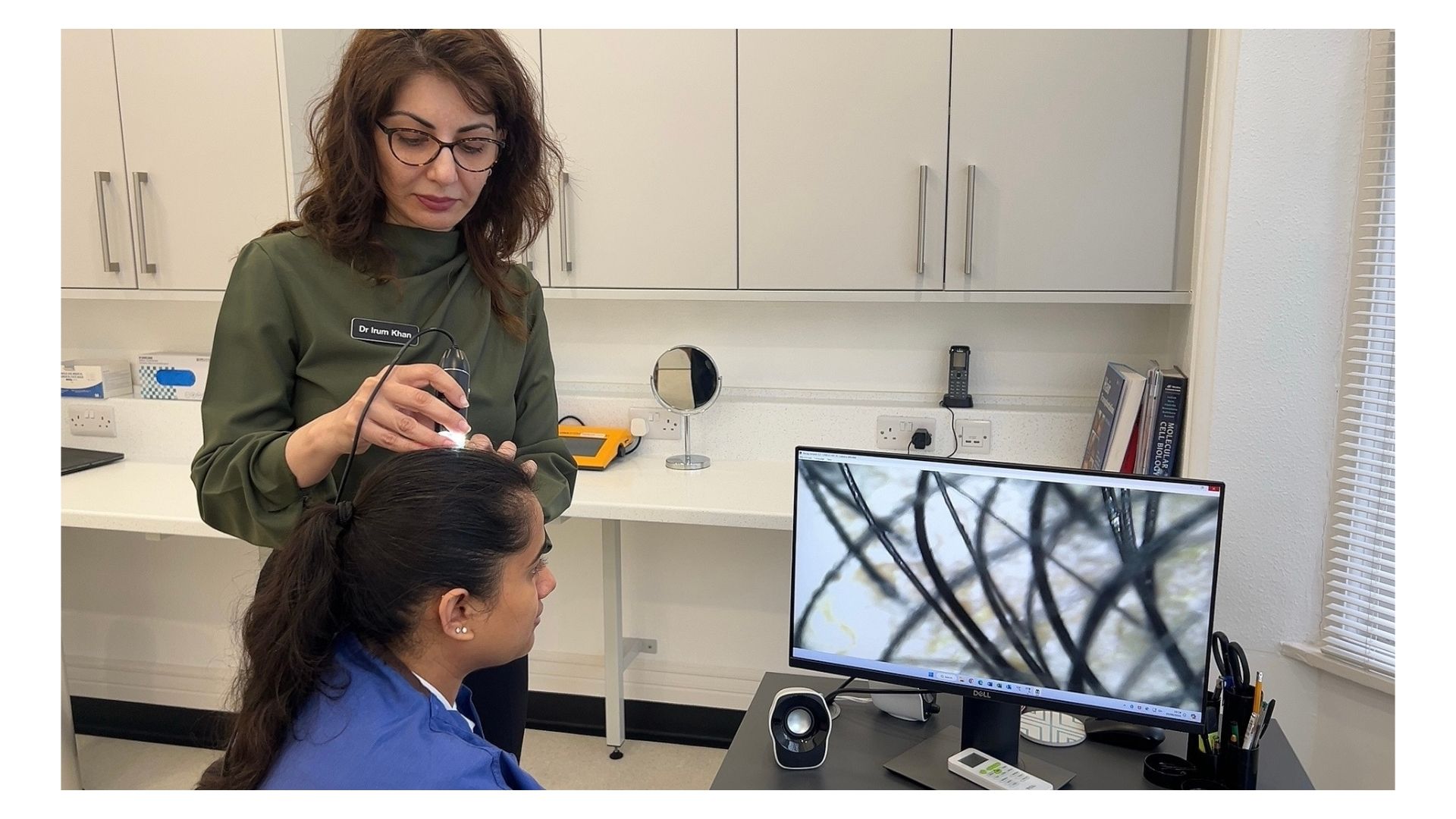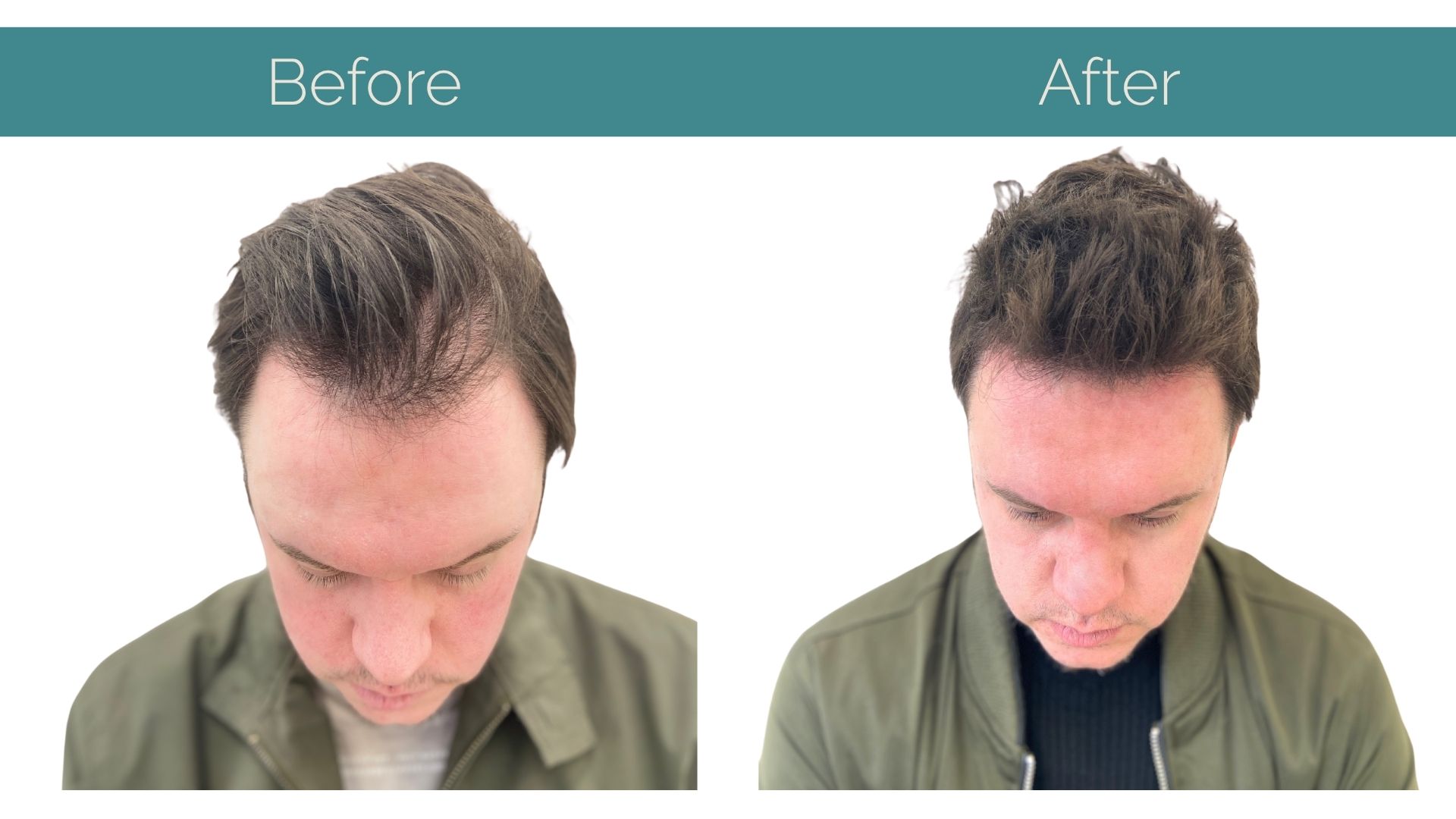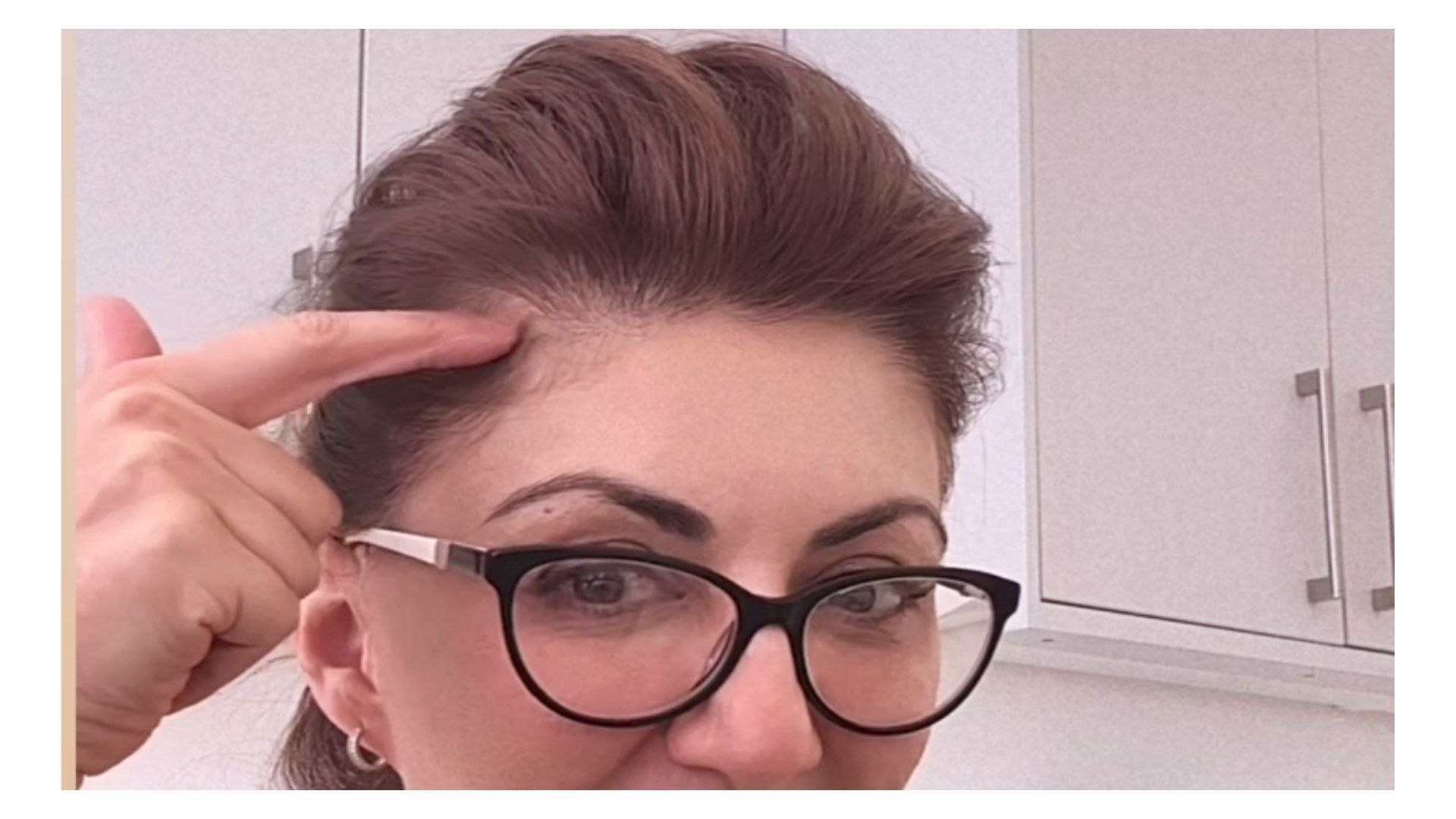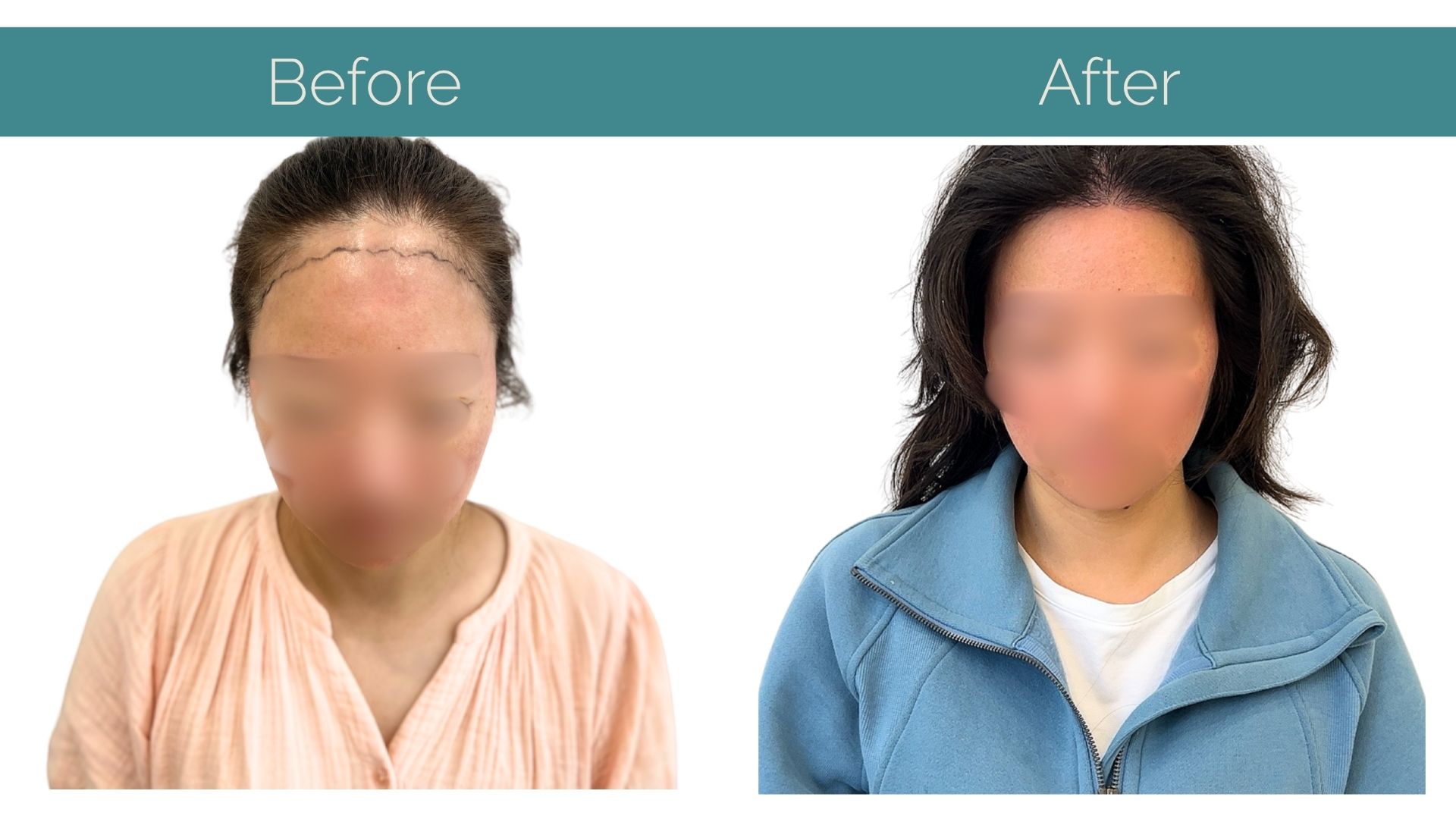It’s deeply personal, often emotional, and yet it’s something millions of men and women experience at some point in their lives. Unfortunately, where silence exists, myths tend to grow – and the world of hair restoration is no exception.
From old wives’ tales to internet rumours, misinformation can make an already sensitive subject even harder to navigate.
So, in this feature, we’ll tackle some of the most persistent myths head-on – separating fact from fiction so you can make informed, confident decisions about your hair and your confidence.
Myth 1: Hair Loss Is Only a “Men’s Problem”
The stereotype of the middle-aged man with a receding hairline is so ingrained that many believe hair loss is almost exclusively a male issue.
In reality, it’s far from the truth. Male pattern baldness may start as early as the late teens, but women are not immune. Hormonal changes, stress, nutritional deficiencies, and even certain medical treatments can cause thinning or patchy loss in women.
The takeaway? Hair loss is a human issue, not a gendered one. Recognising this can make it easier for everyone to seek advice and explore solutions without unnecessary stigma.
Myth 2: You Inherit Hair Loss from Your Mother’s Side Only
It’s a common refrain – “Look at your mum’s dad, and you’ll know your hair’s future.” While there is some genetic truth in tracing hair loss through family history, the idea that it comes solely from the maternal line is oversimplified.
Science shows hair loss genetics are complex, involving multiple genes from both sides of the family. You could inherit a mix that predisposes you to thinning from your father’s side, your mother’s side, or both. In short: blame (or thank) your entire family tree.
Myth 3: Wearing Hats Will Make Your Hair Fall Out
This one has been passed around locker rooms for decades – the idea that hats somehow strangle your follicles or block blood flow to the scalp. In reality, no hat on Earth is capable of causing that kind of damage.
Hair loss is driven by biological processes – hormones, genetics, immune responses – not headwear. So wear your cap, beanie, or fedora in peace. Just keep it clean to avoid scalp irritation.
Myth 4: Hair Restoration Is Only for the Wealthy
Years ago, cutting-edge hair restoration techniques were indeed the domain of the rich and famous. Today, technological advances and higher demand have made a wide range of treatments much more affordable.
From minimally invasive therapies like PRP (Platelet-Rich Plasma) and Low-Level Laser Therapy to surgical solutions such as FUE (Follicular Unit Extraction), clinics now cater to a wide spectrum of budgets. Many even offer payment plans, so you can spread the cost over time.

Myth 5: All Hair Loss Treatments Work the Same Way
Here’s where disappointment often sets in – when people expect one miracle cure to work for everyone. In reality, different treatments target different types and stages of hair loss.
- FUE transplants are excellent for areas of established baldness.
- PRP therapy works best on thinning areas, using your own blood plasma to stimulate growth.
- Laser therapy can help strengthen follicles early on in the process.
This is why a professional assessment is so important. The right treatment depends on the cause, pattern, and progression of your hair loss.
Myth 6: It’s Going to Be Painful
Many people picture hair restoration as a long, uncomfortable ordeal. The truth? Most modern techniques are designed with patient comfort in mind.
Procedures like FUE are performed under local anaesthesia, meaning you’re awake but feel little more than mild pressure. Non-invasive treatments such as PRP or laser therapy involve minimal discomfort – often described as a tingling or warming sensation.
If pain has been holding you back, rest assured: technology has come a long way.
Myth 7: You’ll See Results Overnight
Hair restoration isn’t like flipping a light switch. Whether you’re undergoing a transplant, PRP sessions, or using clinically approved topical treatments, patience is key.
In most cases, early regrowth becomes visible after three to four months, with full results taking up to a year. Non-surgical options often require multiple sessions before the benefits are noticeable. The more realistic your expectations, the happier you’ll be with the outcome.
Myth 8: Hair Transplants Look Fake
If your mental image of a hair transplant comes from the “hair plug” days of the 80s and 90s, it’s time for an update. Today’s FUE and FUT techniques are worlds apart from those old methods.
Skilled surgeons now implant follicles one by one, carefully following the natural growth pattern of your hair. When done correctly, the results are virtually undetectable – even to your barber.

Myth 9: Transplants Are the Only Answer
While surgical restoration can deliver life-changing results, it’s far from the only route.
Topical treatments like minoxidil, oral medications such as finasteride (for men), hormone therapy (for certain female patients), and even stem-cell therapy are all viable options depending on the cause and stage of your hair loss.
Often, the best approach is a combination of treatments tailored to your specific needs.
Myth 10: You’ll Be Committed for Life
Some treatments – like daily medication – do require ongoing use to maintain results. But that doesn’t mean you’re locked in forever.
Hair transplants, for example, are generally permanent because transplanted follicles are resistant to the hormones that trigger baldness. Non-surgical therapies may need occasional maintenance but don’t demand constant upkeep.
Myth 11: It’s Only Worth Doing If You’ve Lost a Lot of Hair
Waiting until your hair loss is “bad enough” can actually make restoration more challenging. Early intervention can slow or even halt the process, preserving the density you have.
For people with mild thinning, non-invasive treatments like laser therapy or PRP can make a significant difference, helping you hold on to what’s there for longer.
Myth 12: All Products Are Scams
Yes, there are plenty of unproven “miracle cures” on the market – but that doesn’t mean every product is snake oil. Minoxidil and finasteride, for instance, have both passed rigorous testing and are approved by major health authorities.
The key is working with a reputable clinic or medical professional who can recommend treatments with genuine scientific backing.

The Truth? Knowledge Is Your Best Hair Tool
By breaking down these myths, we can strip away the unnecessary fear and confusion that surrounds hair loss.
Restoration isn’t about vanity – it’s about self-esteem, confidence, and sometimes even mental health. With so many safe, effective, and increasingly accessible treatments available, there’s no reason to let outdated misconceptions hold you back.
Whether you’re just starting to notice thinning or have been dealing with it for years, a personalised plan from a trusted professional can set you on the right track. Take the time to learn your options, set realistic expectations, and focus on what will work best for you.
Hair restoration isn’t an overnight miracle, but for many, it’s a life-changing journey – one that starts with knowing the facts.
About IK Clinics
At IK Clinics, we’re not afraid to say that we’re proud to lead the way. Our expert team, advanced technology, and commitment to patient care ensure you get the best experience from start to finish.
What’s more, we offer a range of services in hair restoration, like FUE, Stem-cell and Plasma Therapy, along with various anti-aging treatments. Get in touch to find out more or book a consultation.


